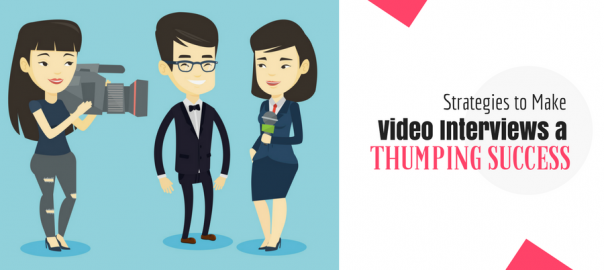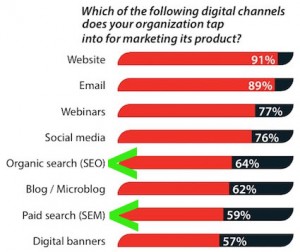— September 7, 2017

Businesses, attorneys and media professionals can derive great benefit from video based strategies while conducting interviews. As an avid follower of the digital marketing trends, you won’t be surprised about the significant ways in which video is reinventing the marketing world, especially when you witness the scenario for 2017. Here are ways to ensure you create engaging interviews that produce useful information.
Prepare and Research Your Subject
Prior to conducting the interview, it always helps to prepare general questions and ideas in advance. After gathering basic background information about your interviewee and their affiliations, you will give yourself an outline to follow so that it will be easier to keep the conversation moving.
Be sure to set a goal on what you want your audience to gain from this exchange. In order to get quality substance, ask questions that yield facts. Journalistic questions that begin with who, what, where, when, why and how will help fill the discussion with solid information.
Use Techniques to Inspire Your Interviewee
One of the keys to making compelling videos is to be flexible. It may not turn out exactly as you planned, which can sometimes be more interesting. Allow for the element of surprise so that it doesn’t seem staged. Ease into the interview by starting off with talk about how their day is going. Add small talk throughout the interview to mix up the conversation so that it doesn’t seem like a rigid Q&A session.
The most revealing interviews occur when the conversation is naturally flowing. The problem with giving your subject advance questions is that it may have a more scripted or contrived feel. By keeping the questions open-ended, you are more likely to get a solid response, whereas closed-ended questions often lead to short yes and no answers. But sometimes short answers can be more definitive and invite natural follow-up questions that produce more in-depth explanations.
Listen Effectively
Always remember that listening is a powerful component of communication. If the purpose of the interview is to learn as much as possible from your guest, avoid interrupting them. After asking your question, allow the person to complete their thoughts. It’s better to use nods and smiles to acknowledge you understand them than to aggressively talk over their voice.
Don’t assume the controversial interactions you see on mainstream TV talk shows is appropriate for a professional presentation. Political “crossfire” shows are designed to get ratings to attract advertisers and that may not be your agenda.
Ideally, your subject will provide you with intriguing, valuable information, but in some cases they may be hesitant or overwhelmed by the experience. So try to use a soft approach that sounds more like a friendly conversation than an investigative confrontation. If you ask uncomfortable questions, it can lead to suspicion and shorter responses.
Study Your Transcript
Once you’ve completed the interview, your next step should be to get it transcribed in a professional manner. It will make your interview easier to access, reference and research. By analyzing video transcripts, you can improve and refine your interviewing skills. Also, the document can become a learning tool to analyze how you could have asked better questions or how it could have flowed better.
Digital & Social Articles on Business 2 Community
(72)







